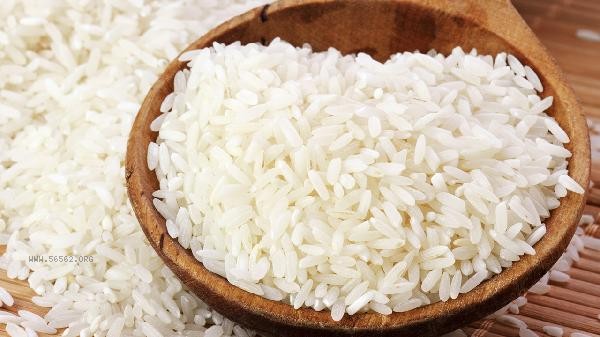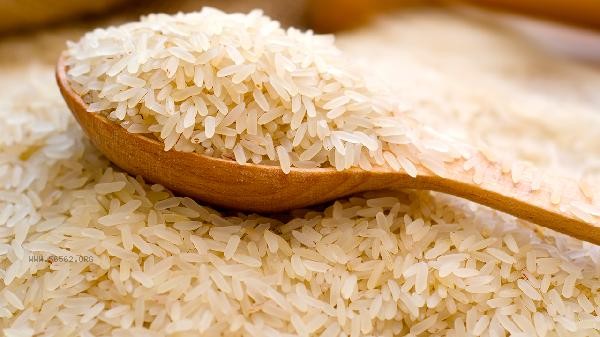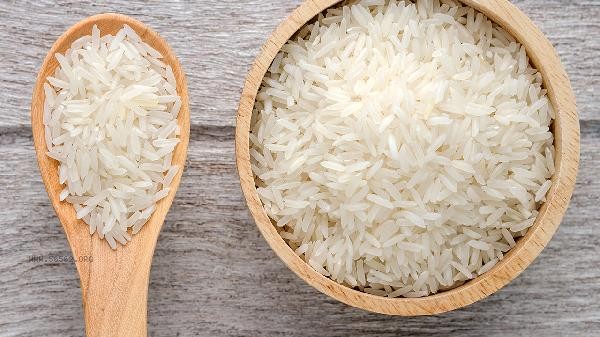Rice that has been stored for too long and has a poor taste can be improved by sealing, storing at low temperatures, regularly flipping, pairing with new rice for consumption, and optimizing washing methods. The deterioration of rice taste is mainly related to factors such as oxidation, water loss, and mold growth.

1. Sealed storage
Put the rice into a food grade sealed container or vacuum bag to reduce contact with air. Sealed rice can effectively delay fat oxidation and prevent rice grains from absorbing environmental odors. The use of storage tanks with silicone sealing rings is more effective, as they can maintain the original aroma of rice for more than six months.
2. Low temperature storage
Place the sealed rice in a cool and dry place, with an ideal storage environment below 15 ℃. Excessive temperature can accelerate the aging of starch in rice, resulting in a harder texture after cooking. In summer, it may be considered to pack and refrigerate, but it is important to take out and let it stand at room temperature before opening the bag to avoid mold caused by condensation.
3. Regularly flip
It is recommended to flip and inspect rice stored for a long time, so that the rice grains can also come into contact with a dry environment. The lower layer of rice that has been piled up for too long is prone to moisture and clumping, and regular flipping can evenly distribute the moisture. When local moisture is found, the rice can be laid flat and dried for 1-2 hours, but direct sunlight should be avoided to prevent it from bursting.

4. Pairing with new rice
Mixing aged rice and new rice in a ratio of 1:3 and cooking can significantly improve the taste. The active amylase in new rice can soften the starch of aged rice, resulting in better viscoelasticity of the mixed rice. This method is particularly suitable for storing indica rice for more than six months, but moldy rice is not edible.
5. Washing optimization
When washing aged rice, gently stir with 40 ℃ warm water to promote the detachment of the surface oxide layer. The first wash of rice water should be quickly poured out, followed by 2-3 washes with cold water. Soak the rice grains for 20 minutes before cooking to allow them to fully absorb water, with 10% more water than new rice, which can restore some softness.

For daily storage of rice, it is recommended to purchase 2-3 months' worth of food each time, and different varieties should be packaged and labeled with shelf life. Whole grains such as brown rice are more prone to spoilage due to the presence of germ, so it is recommended to prioritize consumption. If the rice has developed a noticeable halal taste or insect infestation, it should be stopped from consumption. Even if rice is stored for a long time, it can still achieve a good taste through proper processing, but its nutritional value will decrease with storage time. It is recommended to regularly replace the inventory.








Comments (0)
Leave a Comment
No comments yet
Be the first to share your thoughts!